In the digital age, the way we access and use software has changed dramatically. Gone are the days of purchasing boxed software from a store or downloading it onto every device manually. Now, with just a few clicks, we can access powerful software right from our web browsers. This shift is all thanks to Software as a Service, or SaaS. But what exactly is the SaaS meaning, and why has it become so popular? Let’s dive in.
What is SaaS Meaning?
At its core, SaaS meaning refers to a software delivery model where applications are hosted on a remote server and accessed over the internet. Rather than installing software on individual devices, users simply connect to the application through a web browser. This means companies no longer need to worry about managing the infrastructure, storage, or updates—everything is handled by the SaaS provider.
So, instead of buying and installing, you subscribe and access. This approach is not only convenient but also flexible, as users can often access their software from any device with an internet connection.
How Does SaaS Work?
The idea behind SaaS is simple but powerful. SaaS providers host the application on their own servers, managing everything from hardware and security to updates and maintenance. Users typically sign up for a subscription, which could be on a monthly or yearly basis, and get access to the software from any compatible device. Understanding the SaaS meaning also includes recognizing that users don’t need to worry about maintaining the underlying infrastructure.
For instance, think of services like Google Workspace or Microsoft 365. You don’t install these applications on each device. Instead, you log in to your account from any device, and your documents, emails, and other data are all there, ready for you to use.
SaaS Architecture: The Technology Behind the Scenes
The SaaS meaning also extends to its architecture. SaaS architecture is based on cloud computing, allowing multiple users to access the same software and resources without requiring multiple copies of the application. This architecture is generally “multi-tenant,” meaning that one instance of the software serves many customers, while keeping each customer’s data separate and secure.
Behind the scenes, SaaS providers utilize a combination of virtualization, load balancing, and resource management. This setup helps ensure that the software is always available, even during high demand, and that it runs smoothly across different devices and operating systems.
What Are the Advantages of SaaS?
The benefits of SaaS are hard to ignore, especially for businesses looking for cost-effective and scalable software solutions. Understanding the SaaS meaning means exploring its many advantages.
1. Flexible Payments
Unlike traditional software that requires a hefty upfront cost, SaaS usually operates on a subscription model, making it affordable and flexible. Businesses pay a monthly or annual fee, allowing them to manage cash flow more effectively. Plus, there’s usually no need for expensive hardware or IT personnel.
2. Scalable Usage
With SaaS, you can scale up or down easily. Need more features or more accounts? Just adjust your plan with a few clicks. This flexibility is particularly beneficial for growing businesses or seasonal companies that require different levels of access at different times.
3. Automatic Updates
One of the biggest perks of SaaS is that users don’t have to worry about manually updating software. SaaS providers handle all updates, ensuring that customers always have access to the latest features and security patches without any hassle.
4. Accessibility and Persistence
Since SaaS applications are cloud-based, they can be accessed from virtually any device with an internet connection. This makes it easy for remote teams to collaborate and for users to switch seamlessly between devices without losing their work or settings.
5. Customization
Many SaaS applications offer customization options, allowing businesses to tailor the software to fit their unique needs. Whether it’s custom dashboards, integrations, or workflows, SaaS often provides the flexibility to adapt to specific business requirements.
What Are the Challenges and Risks of SaaS?
While SaaS meaning often highlights its numerous benefits, there are challenges and risks associated with using SaaS that need to be considered.
1. Issues Beyond Customer Control
With SaaS, you’re relying on a third party to manage your software. If the provider experiences downtime, so do you. Although top-tier providers usually offer excellent uptime, it’s still a factor to consider, especially for mission-critical applications.
2. Difficulty Switching Vendors
Once a business is fully integrated with a particular SaaS platform, switching to another provider can be challenging. Data migration, learning curves, and integration compatibility can make this process complicated and costly.
3. Security Concerns
Since SaaS data is stored on external servers, security and privacy can be a concern. Businesses need to trust that the SaaS provider has robust security measures in place to protect sensitive data from cyber threats.
SaaS Security and Privacy: What You Should Know
Data security and privacy are paramount for any business using SaaS. Leading SaaS providers implement stringent security protocols, such as encryption, multi-factor authentication, and regular security audits. However, businesses should also follow best practices, such as using strong passwords and monitoring access to data, to minimize security risks.
SaaS vs. IaaS vs. PaaS: Understanding the Differences
When talking about cloud services, you’ll often come across SaaS, IaaS (Infrastructure as a Service), and PaaS (Platform as a Service). Here’s a quick breakdown to better understand the SaaS meaning in the broader context of cloud services:
- SaaS (Software as a Service): Provides fully developed applications over the internet, ready for immediate use.
- IaaS (Infrastructure as a Service): Offers virtualized computing resources, such as storage and networking, that businesses can use to build their own systems.
- PaaS (Platform as a Service): Provides a platform for developers to build and deploy applications without managing the underlying infrastructure.
Popular SaaS Vendors and Examples
Some of the most popular SaaS vendors include Salesforce, Adobe Creative Cloud, Slack, Dropbox, and Zoom. These platforms offer a wide range of services, from customer relationship management (CRM) to creative design tools, file storage, and communication.
Each of these SaaS vendors serves a unique purpose but operates on the same principle: providing a cloud-based service that’s accessible, scalable, and easy to manage.
Understanding SaaS Pricing Models
SaaS pricing can vary greatly, with most providers offering a subscription-based model. Pricing options might include:
- Per-user pricing: Charged based on the number of users or accounts.
- Feature-based pricing: Charged based on the features or levels of service you choose.
- Usage-based pricing: Charged based on how much of the service you use, often seen in storage or data-heavy applications.
Many SaaS providers also offer tiered plans, allowing businesses to choose a package that best suits their needs and budget.
Conclusion
Understanding the SaaS meaning helps clarify why this model has revolutionized the way companies use and manage software. It’s affordable, scalable, and accessible, making it a great choice for businesses of all sizes. However, it’s essential to weigh the benefits and challenges carefully. Think about your specific business needs, your budget, and your data security requirements. For many organizations, SaaS is a smart and forward-thinking choice that enables greater flexibility and efficiency.









